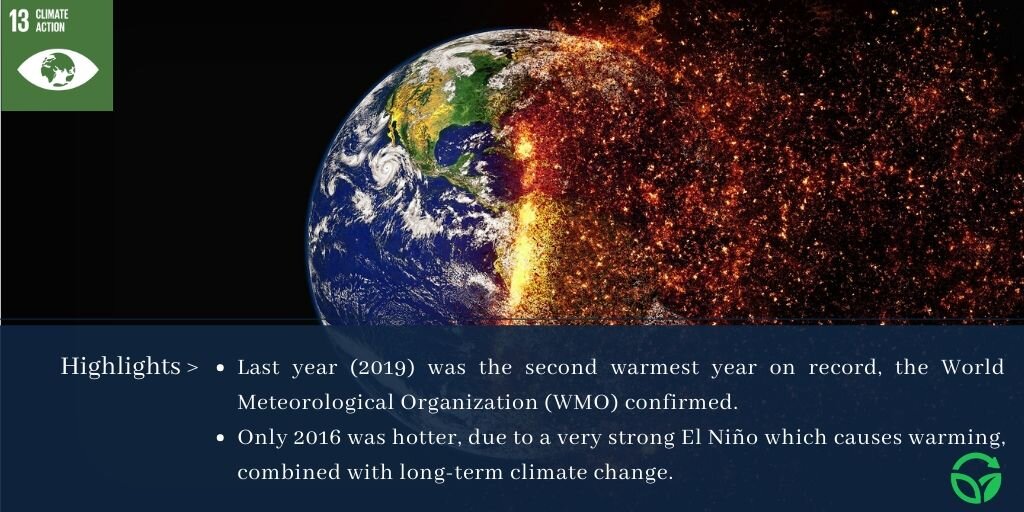Facts
Fact 1: An average American breathe 2 gallons of air per minute which means around 3400 gallons of air each day.
Fact 2: Inhaling air pollution takes away at least 1-2 years of a typical human life.
Fact 3: It has effects as small as burning eyes and itchy throat to as large as breathing problems and death.
Fact 4: Pollutants that are released into the air, as opposed to land and water pollutants, are the most harmful.
Fact 5: Rising levels of air pollution in Beijing has brought a new disease – Beijing cough.
Fact 6: Air pollution is not a recent occurrence. In 1952, the Great Smog of London killed 8000 people.
Fact 7: Deaths caused by air pollution cost the European Union €161 billion.
FURTHER READING
Brunekreef, B., & Holgate, S. T. (2002). Air pollution and health. Lancet. https://doi.org/10.1016/S0140-6736(02)11274-8
Kampa, M., & Castanas, E. (2008). Human health effects of air pollution. Environmental Pollution. https://doi.org/10.1016/j.envpol.2007.06.012
Riojas-Rodríguez, H., Romieu, I., & Hernández-Ávila, M. (2017). Air pollution. In Occupational and Environmental Health. https://doi.org/10.1093/oso/9780190662677.003.0018




























































